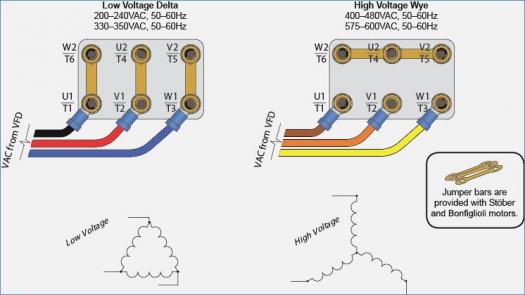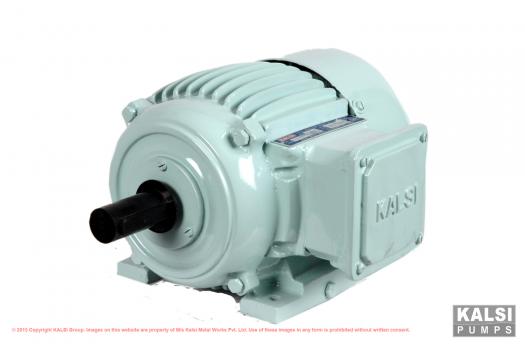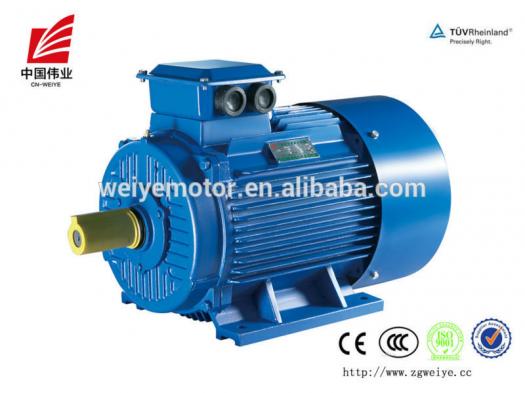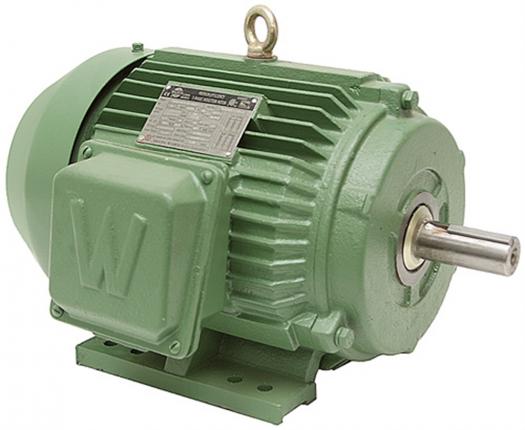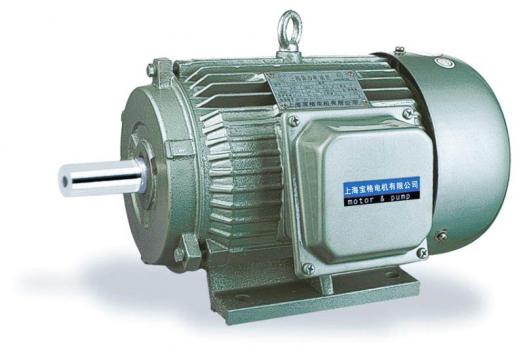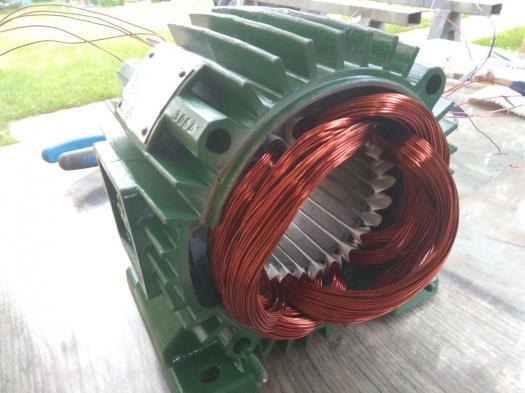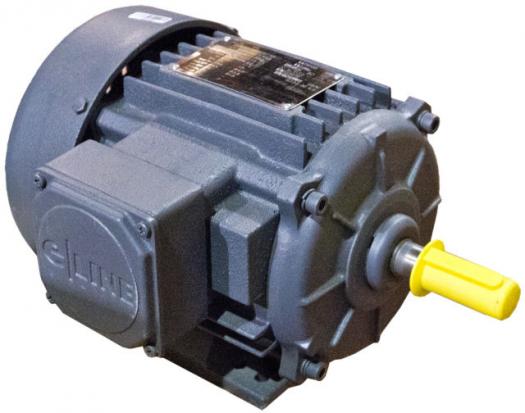Trivia Quiz About Three Phase Motor

A three-phase motor is an electric machine that is powered by three phases of electricity. Three phase motors are mostly used in industries and post lumbering works. The three phases of currents powering this motor do not cross each other and are converted mechanical energy as the motor rapidly rotates.
- 1.
Which of these power sources for three-phase motors is not a direct current?
- A.
Batteries
- B.
Rectifiers
- C.
Power grid
- D.
Motor vehicles
Correct Answer
C. Power gridExplanation
The power grid is not a direct current power source for three-phase motors. The power grid supplies alternating current (AC) to homes and businesses, which is then converted into direct current (DC) using rectifiers or inverters, depending on the specific application. Batteries and motor vehicles can provide direct current power, while rectifiers are used to convert AC power to DC power. Therefore, the power grid is the only option that does not directly provide DC power for three-phase motors.Rate this question:
-
- 2.
Which of these is not a basis for classifying three-phase motors?
- A.
Power source type
- B.
Internal construction
- C.
Speed
- D.
Application
Correct Answer
C. SpeedExplanation
The basis for classifying three-phase motors includes power source type, internal construction, and application. However, speed is not a basis for classifying three-phase motors. The speed of a motor can vary depending on its design and application, but it does not determine the classification of the motor itself.Rate this question:
-
- 3.
Who is the first to describe how electric motors work?
- A.
Graham Bell
- B.
Andrew Gordon
- C.
Robert Hooke
- D.
Thomas Schleiden
Correct Answer
B. Andrew GordonExplanation
Andrew Gordon is credited with being the first to describe how electric motors work. He conducted experiments and published a paper in 1746, detailing his observations on the conversion of electrical energy into mechanical energy using a rotating sphere. His work laid the foundation for the development of electric motors and his findings were instrumental in advancing the understanding and application of electricity.Rate this question:
-
- 4.
What is the principle behind three-phase motors?
- A.
Hooke's law
- B.
Coulomb's law
- C.
Archimedes' Principle
- D.
Henry's law
Correct Answer
B. Coulomb's law -
- 5.
Who created the first, real rotating electric motor?
- A.
Andrew Coulombs
- B.
Moritz Von Jacob
- C.
William Sturgeon
- D.
Thomas Ore
Correct Answer
B. Moritz Von Jacob -
- 6.
What is the moving part of three-phase motors called?
- A.
Shaft
- B.
Rotor
- C.
Bearing
- D.
Air gap
Correct Answer
B. RotorExplanation
The moving part of three-phase motors is called the rotor. The rotor is the component of the motor that rotates and is responsible for generating the mechanical power. It is usually made up of a cylindrical core with conductive bars or windings that interact with the magnetic field produced by the stator to induce movement. The rotor is connected to the shaft of the motor and transfers the rotational energy to the load.Rate this question:
-
- 7.
Which of these allow the rotor to turn on its axis?
- A.
Shaft
- B.
Air gap
- C.
Windings
- D.
Bearing
Correct Answer
D. BearingExplanation
A bearing allows the rotor to turn on its axis. A bearing is a mechanical component that supports the rotor and reduces friction between moving parts. It provides a smooth surface for the rotor to rotate on, allowing it to turn freely. Without a bearing, the rotor would not be able to rotate on its axis and the machinery or equipment it is a part of would not function properly.Rate this question:
-
- 8.
What is the distance between the rotor and the stator of a three-phase motor called?
- A.
Windings
- B.
Air gap
- C.
Bearings
- D.
Shaft
Correct Answer
B. Air gapExplanation
The distance between the rotor and the stator of a three-phase motor is called the air gap. This refers to the physical space or gap between the rotating part (rotor) and the stationary part (stator) of the motor. The air gap is an important factor in motor performance as it affects the efficiency and power output of the motor. It is necessary to maintain a proper air gap to ensure optimal functioning of the motor.Rate this question:
-
- 9.
Which of these is not a principle on which three-phase motors operate?
- A.
Piezoelectricity
- B.
Electrostatics
- C.
Commutation
- D.
Magnetism
Correct Answer
A. PiezoelectricityExplanation
Three-phase motors operate using electromagnetic induction, where electric currents interact with magnetic fields to produce motion. Piezoelectricity, which generates electric charge under mechanical stress, does not apply to their function. Electrostatics and commutation are also irrelevant, leaving magnetism as a core operational principle. Thus, the answer is (A) Piezoelectricity.Rate this question:
-
- 10.
Which of these is not part of a three-phase motor?
- A.
Shaft
- B.
Windings
- C.
Connection rod
- D.
Stator
Correct Answer
C. Connection rodExplanation
A three-phase motor consists of several components that work together to generate rotational motion. The shaft is the rotating part of the motor that transfers the mechanical energy. The windings are the coils of wire that create a magnetic field when an electric current passes through them. The stator is the stationary part of the motor that houses the windings. However, a connection rod is not part of a three-phase motor. A connection rod is typically used in internal combustion engines to connect the piston to the crankshaft.Rate this question:
-
Quiz Review Timeline +
Our quizzes are rigorously reviewed, monitored and continuously updated by our expert board to maintain accuracy, relevance, and timeliness.
-
Current Version
-
Apr 10, 2024Quiz Edited by
ProProfs Editorial Team -
Jan 20, 2019Quiz Created by
AdewumiKoju
 Back to top
Back to top



